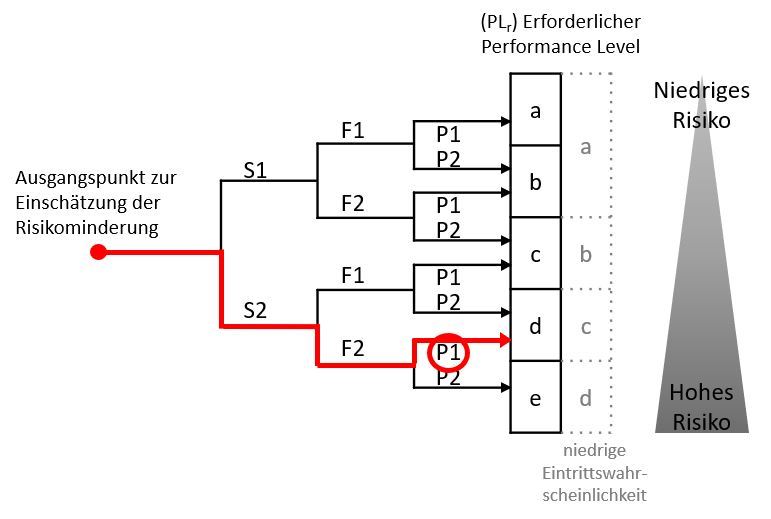Understanding the Differences Between STA and SSA

Introduction
The distinction between STA (State Trading Agreement) and SSA (State Support Agreement) is crucial for those involved in trade and state policies. As India strengthens its economic positioning within the global market, understanding these frameworks allows stakeholders to navigate regulations and trade agreements with greater clarity.
What is STA?
The State Trading Agreement, often abbreviated as STA, refers to agreements that permit certain state regulated entities to carry out trading activities fostering controlled commodity markets. STAs are primarily focused on regulating the import and export of commodities deemed essential for national interest—for example, food grains, petroleum, and pharmaceuticals.
What is SSA?
On the other hand, the State Support Agreement (SSA) outlines the support provided by the government to certain projects or sectors. This can include financial assistance, infrastructure support, and policy frameworks aimed at promoting growth in designated areas. SSAs play a crucial role in public-private partnerships, allowing for investments in sectors where the government sees potential growth or public benefit.
Key Differences
While both STA and SSA aim to bolster India’s economic strength, they operate in distinctly different realms:
- Purpose: STA focuses on trade regulations while SSA emphasizes governmental support for development projects.
- Participants: STAs typically involve state-owned enterprises, whereas SSAs engage both public and private entities.
- Scope: STA deals with commodity management and trade activities, while SSA covers a broader range of projects and sectors including infrastructure and social initiatives.
Recent Developments
In light of recent trade negotiations and economic reforms, the roles of STA and SSA are evolving. With the Indian government pushing for increased self-reliance (Atmanirbhar Bharat), the focus on managing trade through STAs has intensified, aiming to boost domestic production. Conversely, SSAs are increasingly seen as vital tools for attracting foreign investment, especially in technology and infrastructure, to keep pace with global standards.
Conclusion
For business leaders, policymakers, and investors, understanding the nuances between STA and SSA is essential. As India navigates its economic strategies, stakeholders must remain informed to leverage these frameworks effectively. The ongoing developments in these areas are likely to impact the economic landscape significantly, affecting trade agreements and investment opportunities in the months and years to come.









